For the love of Hussain .
( The Christian Narrative)

Introduction:
In a world full of chaos and hatred, where every day news headlines flash distressing scenes of people fleeing their homes as in the recent Afghanistan crisis or bombs ,rockets , machine guns targetting young and old ,killing them in dozens .
The weak , poor and minority communities across the globe bullied, harassed and tortured.
Freedom of expression is a privilege for only a few.
Hatred sees nobody, no caste,no colour,no religion. It is a never ending cycle .
That is why it is important to remind ourselves of lessons in history, where great people have sacrificed their lives for the sake of saving human dignity and values.
Imam Hussain and his great sacrifice is much more needed to be remembered in today’s society . He stands as a symbol of freedom,truth and justice for millions, as the one who stood up against injustice and gave up his blood to save Islam from the irreparable destruction , which was already under the corrupt ruler Yazid.
His fight for truth and justice in the burning plains of Karbala in his own words echo through the sands of time. 
My article explores the role of Christians in the tragedy of Karbala and beyond….
Sacred Texts
Christianity and Islam are the two largest religions of the world .
For Muslims,Christians are Ahlul kitab or People of the Book. The holy books of Abrahamic faiths are God’s guidelines for Nations.
The holy book of Christians is the Bible and for Muslims is the Holy Quran.
The Bible records a great number of Prophets and Messengers .There are many verses in the Bible mentioning the name of the Prophet of Islam and his pure progeny (12 Imams), and the events that took place after him such the event of Karbala .
The original language of the Bible is Aramaic, which is also considered as the route of Arabic and Hebrew
New Testament Peshitta (the Aramaic Bible) mentions Imam Hussain a. s.(hasin) by names in a few places. Luke 11:21-22, Matthew 3:11 and Acts 2:7.
Photo credit:University of Bonn, Germany
The Psalm Chapter 19 talks about a man from Hashemite moving towards Kufa.
Jeremiah 46 :10

This verse of the,Old Testament points towards the Tragedy of Karbala according to some sources.
Surah Maryam

Surah Maryam 19:1
3rd/4th century Hijrah, University of Cambridge Library.
The Holy Quran has one whole chapter or Surah dedicated to the mother of Jesus Christ, Mary called Surah Maryam it is the 19th chapter with 98 verses or ayats.
Mary is the only woman mentioned by name in the Quran .
Reading and reciting Surah Maryam has lots of benefits which includes achieving pregnancy,it is read during pregnancy and is considered highly beneficial during childbirth .
Islam reveres both Jesus or Isa in Arabic and his mother .He is one of the 5 elite Messengers of God.
If there are similarities , Islam and Christianity also have differences amongst them on certain issues. For now I would focus only on similarities.
As the author Zeki Saritoprak ( author of Islam’s Jesus) rightly says,
“By understanding who Jesus is in Islam Christians might find common ground with the Muslims. ”
Visit to Najaf ( Iraq )
Year 2021 started with a positive note with the historic meeting of Pope Francis 84 ( head of the world’s1. 2 billion Roman Catholics) and Grand Ayatollah Ali al Sistani 90 ( spiritual leader of Shia Muslims ) in the holy city of Najaf (Iraq). 
Both the leaders called out for peace and stability in the World ,promoting defence of the weakest and the most persecuted.
This visit brings a ray of hope in the already chaotic state of affairs in the world today.
All it surely needs are leaders who promote peace and security rather than hate and threat.
Peaceful co-existence is what our society needs today. It is the key to human success.
The Key of Peace
The Church of the Holy Sepulchre, Jerusalem is one the holiest site in Christendom.
It is believed to be a place where Jesus was crucified and buried .
The keys to the holy site lays in the hands of a Muslim family( Al Husseni).
Adeeb Joudeh (member of Al Husseni family) believe’s that, “what we pass to the next generation is not only the key, but also to respect other religions. ”

The charge of opening and closing the Church door for the faithful every day is done by another Muslim family the Nusaybeh.
Wajeh Nusaybeh and his forefathers have honoured this tradition by closing and opening the Church every single day for the last 1,000 years .

Picture credit : Wikipedia
These arrangements were done in the past to avoid clashes among rival Christian sects for control over the Church.
They act as a Symbol Of Peace for forces which seek nothing but hatred ,a Beautiful Model of Co-existence.
The Power of Truth
As I’m pondering over what to write, I cannot but mention a very deep personal story that I’ve witnessed over the years.
Sir William Mark Tully (Bureau Chief of BBC in India) and his partner Gillian Wright (writer and translator) have been very close friends with my eldest Uncle Saeed Naqvi, that bond grew even stronger over the years with their annual trips to our family home in Mustafabad (a small qasba in the heart of Uttar Pradesh) during the month of Muharram. 
Photo credit : Lila Foundation
Gillian would eventually end up learning Marsiya from my grandmother( Ammajaan) , who was considered the best Marsia Khwan or ( reciter of Marsiya) of Mir Anees of her generation.

Gillian would be given the pulpit on the Ninth (9) of Muharram at the family majlis, where she recited the Marsiya of Mir Anees with utmost passion and perfection.
This tradition continued even after the death of Ammajaan for some years till the pandemic struck and changed our lives forever. 
With a stroke of luck I met her recently at Delhi’s historic garden ( Sunder Nursery), where she expressed her desire to visit Mustafabad next year for Muharram , “Insha Allah (God willing) ”,she said.
Hope her words come true and we all meet together and pay our tributes to the Martyrs of Karbala.
I’m sure that with the little discomfort that Mark and Gillian would have encountered during those trips, it was the message of truth and love for Imam Hussain that has pulled them over the years to come over to Mustafabad and honour his sacrifice.
Martyrs of Karbala (The chosen ones)

Photo credit:FARS news agency
Not many are aware that amongst the 72 brave men who fought alongside Imam Hussain and stood for truth and justice and laid down their lives in the Battle of Karbala 680 AD were two Christian men Wahab ibn Kalbi and Jawi bin Huwai (Nubian Christian)
Wahab ibn Kalbi
Wahab ibn Kalbi was a known businessman of Kufa. He was his mother’s only son. The young man was married only two months before the Battle of Karbala. He belonged to Al Kalb tribe majority of whom were adherents of Christianity at that time.
Wahab was a Christian by birth but converted to Islam .
Being impressed by Imam Hussain’s personality Wahab and his family embraced Islam and went to Karbala.
The light of guidance entered their hearts.
On the day of Ashura his mother had a great role to play, before going to the battlefield his mother told him , “I would really be pleased when I see you dying while protecting the grandson of the Prophet.”
Finally, he satisfied his mother by his martyrdom .
John bin Huwai
John bin Huwai was a Nubian Christian who fought alongside Imam Hussain a. s in the Battle of Karbala 680 AD. 
John was a former slave of Abu Dharr al Ghaffari. He was an old man, with grey curly hair. Because of his profound knowledge and pleasant manners he was greatly respected by all.
On the night of Ashura, Imam Hussain urged John to go away to seek his safety to which John replied,
“how is it fair that I benefit from your company and hospitality but abandon you in your hardship. ”
He died a martyr fighting for the right path.
Masjid Al Nuqta , Allepo (Syria)
Masjid Al Nuqta is a Mosque located on Mount Jawshan in Aleppo, Syria
The main feature of this mosque is a stone which is believed to be stained with Imam Hussain’s blood.

After the Battle of Karbala in 680 AD, all the women and children of the Holy household of Prophet Muhammad were taken captives and taken to different cities before reaching Damascus (the way capital of Yazid)
According to one narration, they stopped near a monastery in the town of Allepo (Syria).
A Chtistian Monk saw light emanating from the holy head of Imam Hussain a. s. and paid the soldiers to let him spend the night next to the head.
The monk placed it on a stone, which was stained red from the blood of Imam Hussain a. s. 
He spent the night talking to it ,and weeping . Next morning he returned back the holy head to the soldiers and professed Islam.
The Allepo site was reportedly turned into a Mosque in the 10 th century.
Arbaeen (Walk of the free)
Arbaeen means forty in Arabic. In Islamic history it marks the end of the forty days of mourning period following Ashura. 
Arbaeen walk is widely recognized as the single largest annual peaceful gathering in the world.
It is one of the most important ceremonies in the Shi’ite Muslim calendar.
The spritual walk stretches from Najaf to Karbala with a distance of 85 kms, which is covered in 3/4 days. 
Millions of people come from different parts of the world,who belong to different castes, communities, colours, religions and sects walk together towards the holy city of Karbala .
There is no discrimination made between rich or poor, young, old, men, women, disabled all walk in Unison despite threats from various terrorist organizations like Daesh, ISIS etc .
All the services provided to these pilgrims are free of cost including, food and shelter.
British photographer Jonny Pickup documented Arbaeen in October 2019 , he observes it as a, “movement of millions towards a small city in Central Iraq to mourn a man who died almost 1,400 years ago. ”
It is one of the largest pilgrimage on Earth, in which up to 25 million people walk towards the city of Karbala, (Iraq) to pay homage in the Holy Shrine of Imam Hussain a. s
This walk is also known as Safar e Ishq or walk of love .
All along the way the pilgrims experience love, affection, warmth and hospitality from the people of Iraq who welcome the Guests of Imam Hussain a.s. whole heartedly and open their hearts and homes for them.
The tradition is an immense display of charity and hospitality by the people who volunteer to offer their services during this period.
UNESCO List of Intangible Cultural Heritage of Humanity.
The Services and hospitality provided during this period has won Arbaeen World Heritage Status in UNESCO’s List of Intangible Cultural Heritage of Humanity on 12th December 2019.
It was approved by 900 scholars from 153 countries in a meeting held in Colombia.
Guest’s of the Shrine .
Every year during Ashura or( 10th day of Muharram) and Arbaeen (40th day after Ashura)the Holy Shrine of Imam Hussain a. s plays host to a number of Christian scholars, monks ,priests, pastors, dignitaries, ambassadors etc who visit the holy city Karbala as a Mark of Respect to the Supreme Sacrifice of Imam Hussain a. s.
They come from various parts of Iraq and various other countries like Georgia, Ukraine, France ,America,Spain,Romania etc

Spanish Ambassador ( Juan Jose Escobar) visiting the holy shrine of Karbala 2019
Photo credit : ABNA news agency
As guests of the Holy Shrine, they are honoured and warmly welcomed by the people and the administration.
 Arch Bishop of Georgia in the Holy Shrine in Karbala Arbaeen, 2018
Arch Bishop of Georgia in the Holy Shrine in Karbala Arbaeen, 2018
Some of them have also have participated in Arbaeen walk like the Arch Bishop of the State of Georgia, Dr. Malkhas Songulashvili in 2018.
Their experiences truly make them Ambassadors of Peace when they go back to their respective countries and meet their people.
In the Ocean of Knowledge.
Hobson and Jobson Dictionary

Hobson and Jobson is a historical dictionary of Anglo Indian words and terms from Indian language which came to use during the British rule in India.
It was written by Sir Henry Yule and Arthur Coke Burnell and was published in 1886.
It documents the words and phrases that entered English from Arabic, Persian, Indian and Chinese sources and vice versa.
The term Hobson Jobson is a corruption by British soldiers of word Ya Hasan Ya Hosain, which is repeatedly chanted by Shia Muslims as they mourn and beat their chests during Muharram.
Yule wanted an Anglo Indian title for his dictionary that would attract attention and also suggest dual authorship.
With it’s delight in language,the 4,000 words dictionary has fascinated a generation of writers from Rudyard Kipling to Amitav Ghosh.
Emily Garthwaite

Emily Garthwaite is an Award winning photo journalist based in London,focusing on humanitarian and environmental issues.
She was the first Non – Muslim Woman allowed to go on the roof of the Holy Shrine of Imam Hussain a. s. in 2018.
She documented her experience in video clips which went viral in no time and gained both ,”negative and positive response”, according to her.
After her amazing experience during Arbaeen where’s she received the warmth and hospitality of the people ,she has focused herself in documenting lives of Muslims especially women around the world and has directed her first documentary, 41 days in Iraq on Arbaeen (world’s largest annual pilgrimage).
She aims to direct the world’s attention to the largest peaceful march on Earth which according to her hasn’t found the attention and recognition it truly deserves.
Father Christopher Paul Clohessy 
Father Christopher Paul Clohessy is a South African born Catholic priest . He studied Islam and teaches Islam at the Vatican.
He has several written books on Ahlulbayt (Household of the Prophet) especially on Karbala published by Gorgias Press namely,
1.) Angels Hastening:The Karbala Dream ,published in 2021

2.) Half of my heart (The Narratives of Zaynab daughter of Ali)

3.) Fatima, Daughter of Mohammed
Antoine Bara
Antoine Bara is a Lebanese Christian writer. A strong advocate of Imam Hussain’s mission of non violence, injustice and struggle .
Antoine Bara has written a book called ” Imam Hussain in Christian ideology. ”
This book has been translated in 17 languages and published more than 20 times. It has been approved for being used in the M.A.and Phd supplementary courses at 5 Universities.
Bara is a complete writer and a tasteful scholar who has written 15 other books in addition to the mentioned book in domains such as literature, novels and stories.
Tributes to Imam Hussain a. s. by well known Christian scholars.







Al Sahifat Al Sajjadia (Psalms of Islam)

It is considered as oldest prayer manual in Islamic sources, written by Ali ibn Husyan Zayn al Abideen (the fourth Shia Imam)

Photo credit : Wikipedia
Known by many names as the Psalms of Islam, Sister of the Quran , Enjil Ahlul -bayt (Gospel of family of Muhammad) .
This book was written after the Battle of Karbala and is not merely a book of supplication but also a collection of Islamic knowledge and thought.
Dr. William C. Chittick
Dr. Chittick is an American philosopher, writer, translator and interpretator of classical Islamic philosophical and mystical texts. He has published 30 books and numerous articles on Islamic knowledge and Sufism.
Professor Chiitick has translated the classical text of Sahifat Al Sajjadia (Psalms of Islam) into fluent and elegant English.
It is Bilingual book with both Arabic and English translation side by side first published by Muhammadia publication in 1988.

It is an indisputable masterpiece of translation.
Shades of Muharram in non mainstream Muslim socities.
Hosay, (Indo Caribbean connection)
Hosay , (originally from Husayn) is a West Indian commemoration observed on the tragedy of Karbala.
It is observed in the islands of Trinidad, Jamaica, Suriname and Tobago. Here in the islands the traditional practice of mourning has been mixed with various Middle East, Africa, South Asia and Caribbean rituals. 
Hosay is fundamentally a product of diaspora, absorbing local beliefs and practices.
It was brought to the islands by Indian immigrants and indentured labourers between 1845-1917 during the British rule.
The first Hosay was observed in Trinidad in 1854.
Most popular procession is held in the towns of St. James, Curepe, Tunapune and Cedros.
Hosay lasts for ten days, in accordance with the Islamic calender. It is observed with prayers and fasting.
On the last day the Tadjahs or Taziah (ornate replicas of Imam Hussain’s tomb) which are made of bamboo, paper, tinsel and glass are paraded on the streets.
Infront of the Tajdahs, two Moons are taken out, they are of crescent shapes, one is red in colour and the other in green.
The red one represents the blood because Imam Hussain was killed in the battlefield, while green represents poison because his elder brother Imam Hasan was poisoned to death.
This procession is led by drummers or tassa who beat to the call of battle in ancient times. 
to a Sea or water body, where they ceremonially sunk after prayers.

Although Hosay is a religious event for Shias, all of Trinidad ‘s religious and ethnic communities participate in it and is accepted as part of their national culture, depicting an environment of mutual respect and tolerance.
A book has been written on this unique mourning practice in the Caribbean. 
Hosay Trinidad, (1998) is a documentary funded by the Smithsonian Institute.
Together: Hosay in Trinidad and Tobago is another good documentary to watch about Hosay in the Caribbean.
These two documentaries are easily available to watch on YouTube.

This film was officially selected in the Trinidad Tobago film festival in 2012.
Mount Tomorro, Albania
Albania is a small mountainous country which lies in South eastern Europe in the Balkan Peninsula. 
Mount Tomorro, is considered one of the highest peak in Albania and one of Albania’s biggest water collecting areas.
It is also a Sacred Mountain for both Christians and Muslims of the Bektashi order (Sufi order in the Balkans.)
Christians climb it in on Assumption Day August 15 to honour Virgin Mary while the Muslim Bektashi have their pilgrimage between 20 -25th August. They honour by walking upto the Mausoleum buit in memory of Abbas ibn Ali (the half – brother of Imam Hussain a. s) who was brutally killed by the evil soldiers of Yazid in the Battle of Karbala in 680 AD.

Built in 1620 it has a small 12 sided shrine encircled by a stone wall on which the poet Naim Bey Frasheri (1846-1900) says ,
“Abbas Ali capture Tomorro/came down to us/Albania didn’t stay poor/so God wills it”.

Ahlulbayt TV 
Photo credit:Pinterest
Ahlul bayt TV is the first exclusive English language Shia Islamic TV Channel launched in August 2009.
It has headquarters in London and serves UK, Ireland, US, East Africa, Australia.
It is a non -profit religious channel highly popular amongst western born Muslim youths.
This channel caters to the need of both Muslims and non-Muslims and features prominent Muslim scholars and intellectuals on their shows.
Some of their documentaries have been awarded.
In one of their programme Ambassadors of Faith historians,lecturers ,religious heads of different faiths like Swami Agnivesh, Dr.Joshua Ralston ( lecturer in Muslim Christian relations University of Edinburgh) , Michael Wood (English historian) etc have been interviewed about their opinion on the message of Karbala and Islam.
This opens way for dialogue as Hanna Iskandar , (Academic professor and a Monk) rightly observes that, “Dialogue is one of the strongest factors to eliminate religious fanaticism. ”
Ahlulbayt TV aims to spread the message of Islam to Western secular world.
As Sayed Mahdi al Modarresi rightly said, “show the true, undistorted nature of Islam and Islamic civilization to the West ”.
Library at Karbala.

Photo credit: Pinterest
Libraries have played an important role in spreading knowledge and awakening souls throughout history.
Established in 1800 the library of the Holy Shrine of Imam Hussain a. s. at Karbala is one of the oldest in the province.
It holds extremely important historic, rare manuscripts and books .
There are 120,000 books on different subjects and 70,000 books in various languages.
A vault in the library contains precious gifts received from princes and kings in the form of books, manuscripts written on parchment and ancient tablets.
In keeping pace with changing times the Imam Hussain Public Library has more than 26 million books available in different languages and on various subjects like Medicine,Physics,Chemistry ,Agriculture etc in it’s Digital platform.
It recieves countless visitors and researchers from a lot of countries like Saudi Arabia, Yemen, Kuwait and other foreign countries.The library supplies the researchers with free books on CD. 
The library contains over 50 mobile bookshelves which have books arranged according to numbers in addition to a study hall for readers. 
All these resources available at the Public Library of Imam Hussain Shrine in Karbala are provided free of cost to the public.
Cultural Event of the Holy Shrine in Paris (France)

Photo credit : Imam Hussain. org
Organised in 2017 in the Iraqi Embassy at Paris ‘Karbala City of Holiness and History ‘. A photo exhibition and documentary film about Karbala was the Holy Shrine’s first ever Cultural Event in a European country.
Having attendance of prominent public, official and diplomatic figures it was aimed at bridge the gap and create awareness of the heritage of Iraq in the West.
The Habit and the Hijab
One topic that is deeply controversial but very close to my heart is Hijab, the head covering used by Muslim women to cover their hair.
There are different types of hijab worn by women in Islamic countries, under different names, yet they serve one common purpose and that is to dress modestly.

The word, ‘hijab’ means to cover, curtain, seperation in other words, anything that hides,and protects something.
The Holy Quran invites both Men and Women to dress modestly.

A habit is an acquired mode of behaviour, in oldest sense however habit means clothing (Merriam Webster Dictationary)
Nuns typically wear a religious habit or clothing which consist of long robes or tunic, plus a headpiece to cover the hair, known as a veil. Veil symbolizes modesty and obedience to God.
Nuns have been instrumental is establishing and running prestigious schools across India, like Convent of Jesus and Mary, Sacred Heart Schools etc.
They have played a highly important role in the field of Education .

It is not only Islam and Christianity that requires women to cover their heads and dress 👗modestly, but women from other faiths too are required to cover their heads when in a religious gathering or before entering a place of worship.

Photo credit :Pinterest
During my visit to the Shrine of Imam Reza ( 8th Shia Imam) in the winter of 2015,I was randomly selected to be interviewed by one of the volunteer (a Phd. Student ) for the Holy Shrine’s International Magazine.
Amongst the variety of questions I was asked, I remember the last question and answer very clearly……
She asked me, “What according to you is the meaning of hijab? ”,to which I replied, ” All the senses given to us by Allah has a hijab (or veil) , not to hear anything bad or talk bad about anything etc, covering it is just symbolic.If you are not clean from inside, the outside has no value for Allah. ”
At the end of the conversation before I returned back, I received a beautiful gift from the Holy Shrine, that adorns a sacred space in my home and something I’m very proud of.

Aristotle says,” virtues are good habits”, we acquire interior virtue by exterior actions. The external forms the internal.
I have personally seen marriage proposals rejected of highly qualified girls from well to do families just because she chose to wear something, that doesn’t fit into the so called, “demands of a modern society”.
This is just one incident, women wearing hijab undergo verbal taunts , ugly looks and even physical assault, all this requires nerves of steel, a lot of faith ,courage and patience. Almost like the phrase,”survival of the fittest”.
Wearing a hijab doesn’t hinder personal growth.In fact most women feel liberated and empowered by wearing it. It’s their identity.
There are women who wear hijabs and are well qualified doctor’s, engineers, teachers, scholars, athletes and even super models walking at par with the times, yet proud of their choices.

World Hijab Day
Nazma Khan (a Bangladeshi immigrant to the United States ) founded the World Hijab Day on 1st February 2013,in the city of New York 
She founded it after facing years of shaming over wearing a headscarf.
It’s purpose is to encourage woman of all religion and background to wear and experience the hijab and to break the prejudice that comes with hijab.
As a free citizen of this world we should learn to respect and honour independent choices of fellow human beings .
Wearing a hijab or not is a personal choice, which should be respected by all.
I shall end it one phrase that I ‘ve heard and most often repeated from the pulpit during Majlis .

God has given us intellect to make choices, right or wrong
In the end it all depends on US.
Conclusion
My article has been a very small step towards recognising and honouring all those who have found the right message, the true face of Islam.The one that propagates peace and love. Even though my writing could not cover the gems in this vast ocean of knowledge, it is my sincere tribute to them all.
“Insaan ko bedaar to hoe lene do har qaum pukaregi humare hein Hussain. ”

These powerful words of tribute from Josh Malihabadi (the famous Urdu poet) ,comes alive whenever I wonder about the extent in which Imam Hussain’s message and his sacrifice has captivated the hearts and minds of generations of people (regardless of their faith and belief) breaking the exterior chains of bondage and dwelling deep inside their hearts for ever…..
Dedication
To my dearest ,Bhabhi Mami (Mrs.Aruna Naqvi nee Nathanial ) who embraced us all with the values she was brought up in, of love, compassion and humanity.
I’ve always admired her way of extending help to those in need (morally and emotionally), supporting the weak and oppressed members of the society .
An inspiration for me in every sphere of life.
For my dearest friend, sister and confidante Celine Xavier , I shall always be grateful to God for having you in my life, for someone who has always guided me when I feel lost.



























.jpg?$p=6d23c6a&f=16x10&w=852&q=0.8)














































































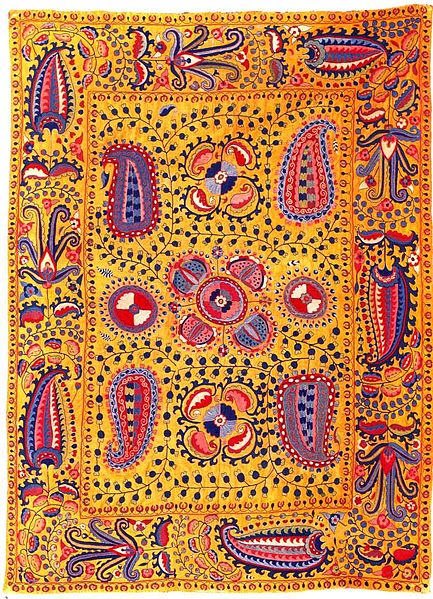















































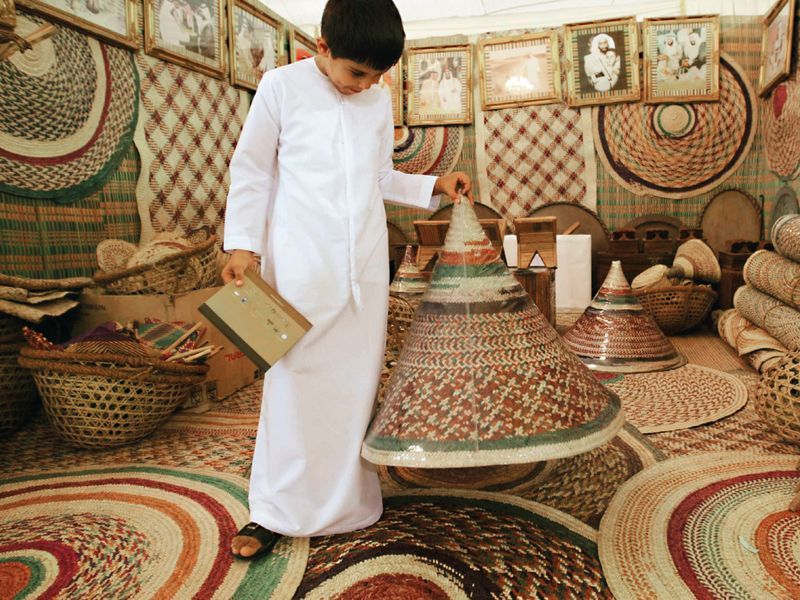


















































































 INTRODUCTION
INTRODUCTION





































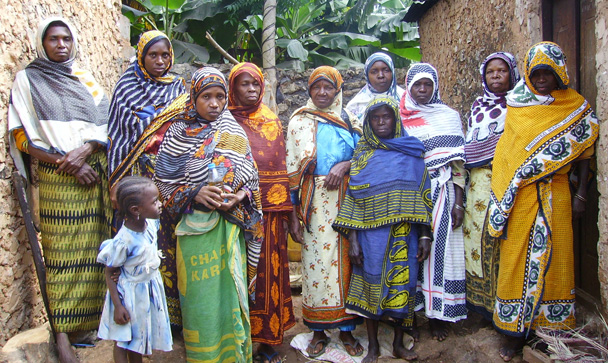




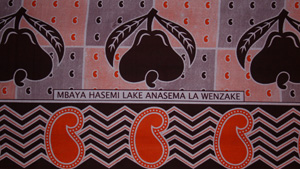
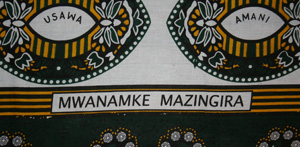


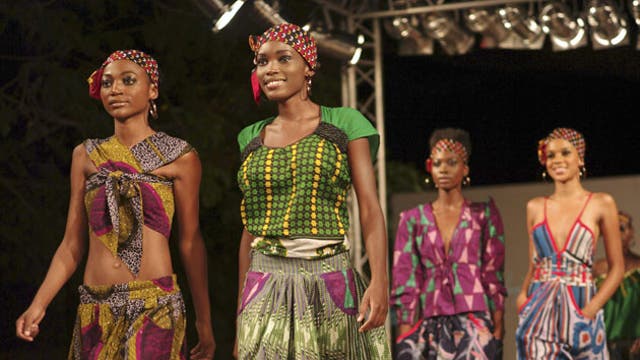





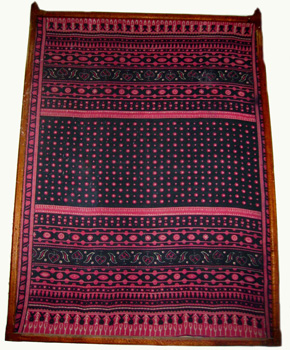



![Fig+3+Visual-only+textile+display+[ELEVICK]](https://museumofpassion.files.wordpress.com/2022/07/fig3visual-onlytextiledisplayelevick.jpg)



















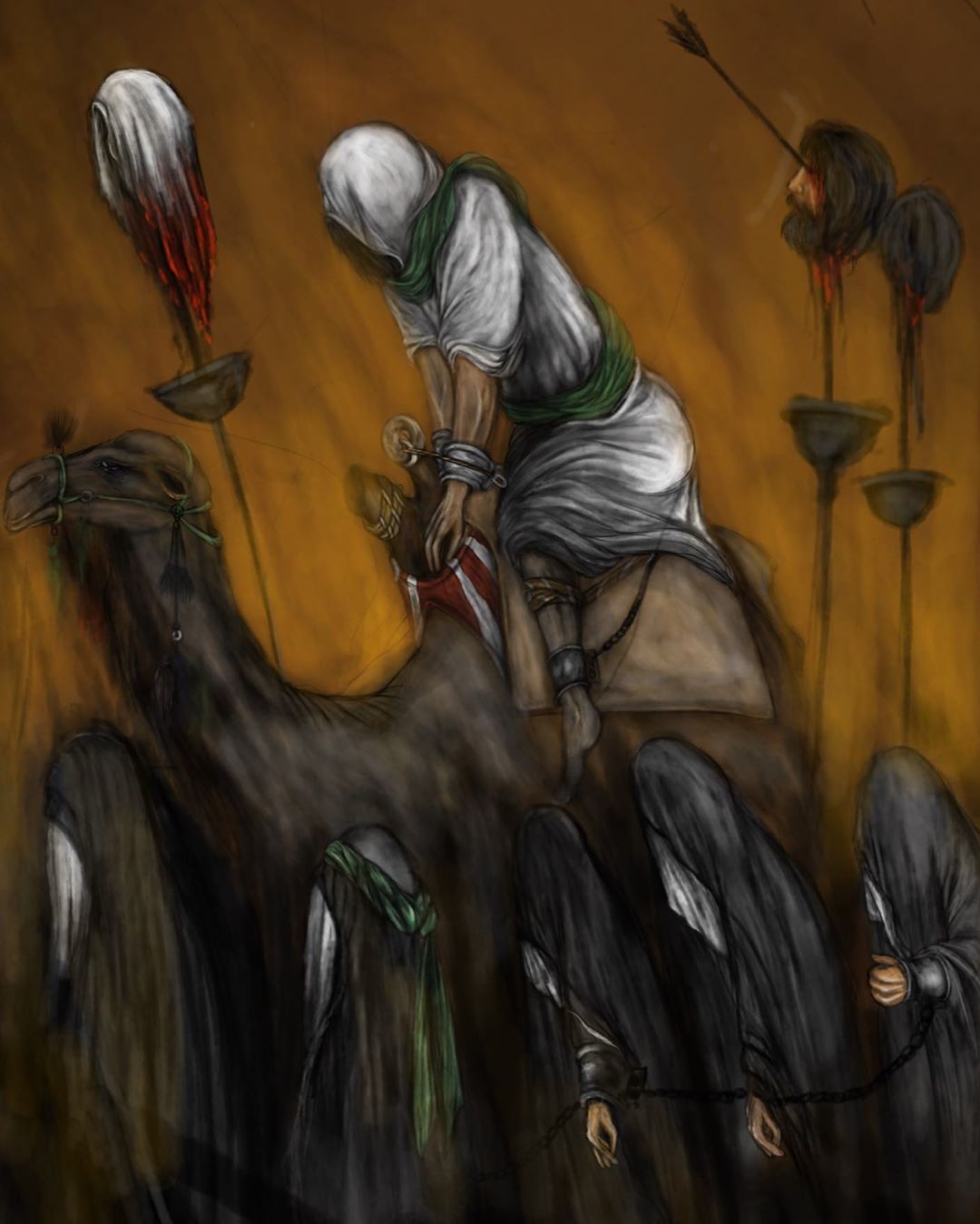










 Just like their counterparts did Fourteen (14 )centuries ago (who did not spare the little innocent children including the infant 4 month old Hazrat Ali Asghar ),same way the so called terrorist organisations have soft targets like women and children whom they misuse ,bully and emotionally try to destroy them.
Just like their counterparts did Fourteen (14 )centuries ago (who did not spare the little innocent children including the infant 4 month old Hazrat Ali Asghar ),same way the so called terrorist organisations have soft targets like women and children whom they misuse ,bully and emotionally try to destroy them.


















![BADAGANWAMARI_thumb[2]](https://museumofpassion.files.wordpress.com/2023/08/badaganwamari_thumb2.gif)










































































 Photo credit : Victoria and Albert Museum. Drawing of a section of the Tower of the Captive at the Alhambra, Granada .William Harvey ( 1913-1915)
Photo credit : Victoria and Albert Museum. Drawing of a section of the Tower of the Captive at the Alhambra, Granada .William Harvey ( 1913-1915) 





































































































































































 feasts for visiting dignitaries, dance and entertainment, circumcision of princes,receiving foreign dignitaries, diplomatic mission, coronation and even for burials.
feasts for visiting dignitaries, dance and entertainment, circumcision of princes,receiving foreign dignitaries, diplomatic mission, coronation and even for burials. 













 Photo credit : Time out
Photo credit : Time out 













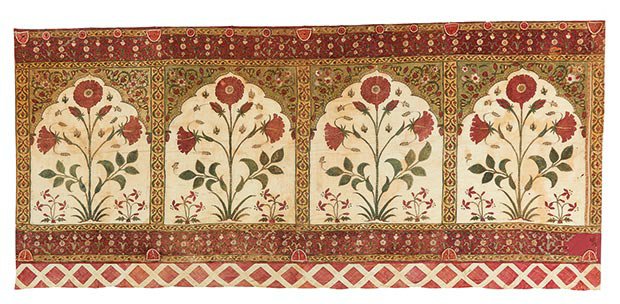




















































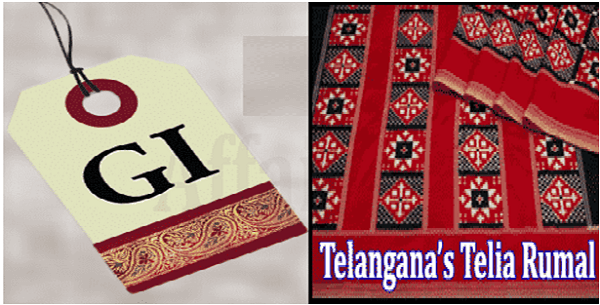


























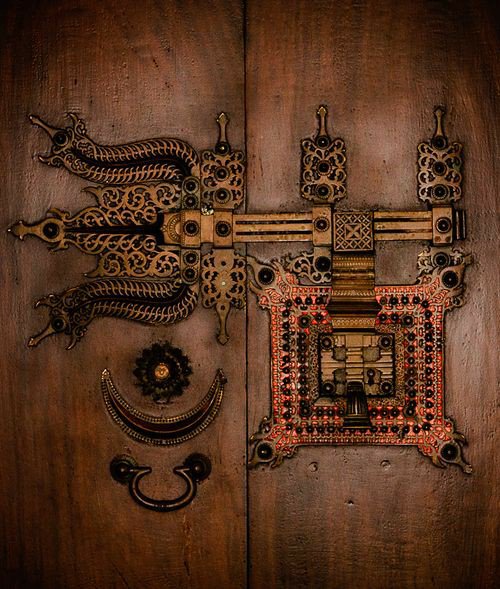










































































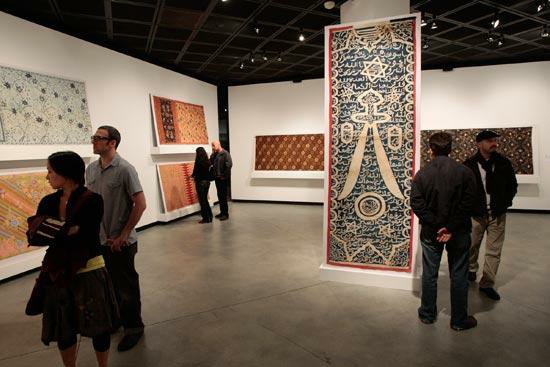

































































































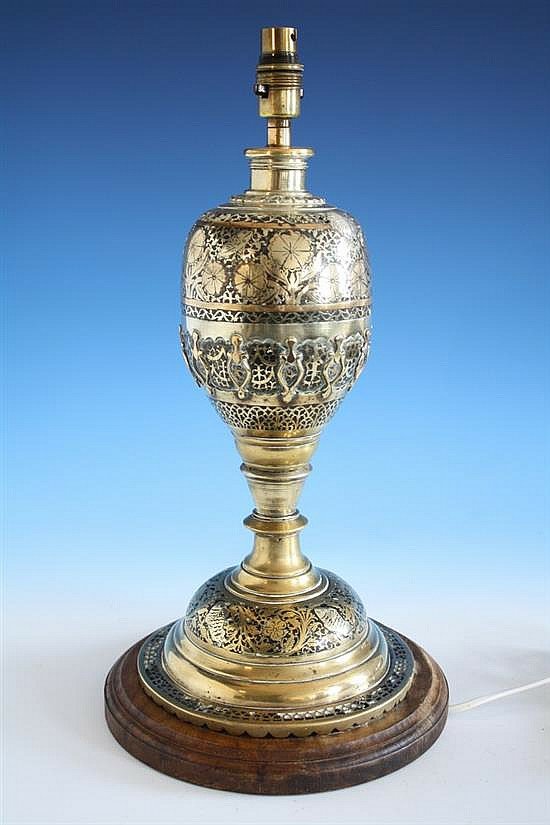




















































































































































































































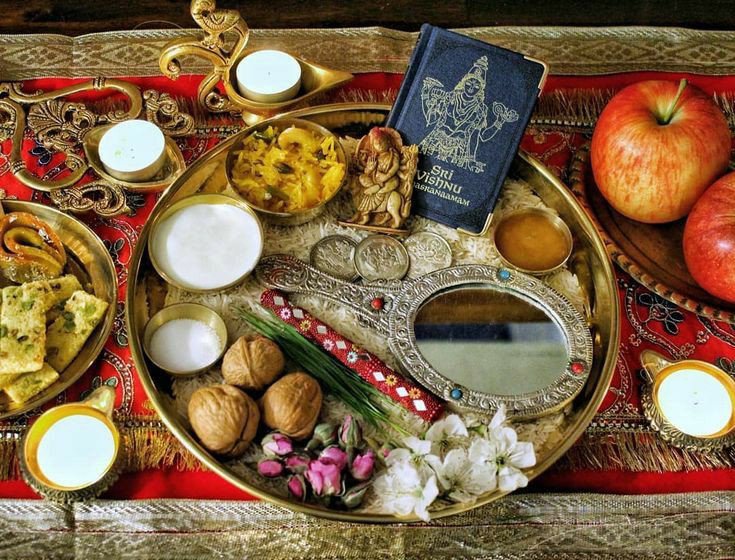














 8
8






































































































 Photo credit: Facebook
Photo credit: Facebook




 Photo credit: Pinterest
Photo credit: Pinterest Photo credit: Pinterest
Photo credit: Pinterest























